What is a hypoallergenic mattress?
What is a hypoallergenic mattress? These mattress types help decrease the effects of different allergens, including dust mites, mildew, chemicals used in the manufacturing process of some mattresses, mould, or bacteria. If you suffer from sneezing or if you experience watery eyes, a hypoallergenic mattress may be the right choice for you. Hypoallergenic means 'relatively unlikely to cause an allergic reaction'. Although the term is not officially regulated, it gives us a sense as to how healthy the product we are buying is.
Of course, you can always take anti-allergy medication, but the best solution is to prevent allergic reactions. After all, nobody wants to take medications all through life. Remember that you spend at least one-third of your life in bed. If you experience unpleasant allergic reactions, the quality of your sleep will severely decline. Not only will you suffer from irritations caused by allergens, but your body won’t be able to recharge during the night. In this article, we will examine which mattress is best for allergy sufferers and what qualities you should look for when looking for the best hypoallergenic mattress. Let’s dive into it.

What are the main causes of allergies in bed?
Your bedroom, and especially your mattress, should provide a relaxing environment. However, some mattresses can be an ideal home for dust mites, pet dander, or mould. Not to mention the fact that some mattresses tend to off gas. It means that they release harmful chemicals that were used during the manufacturing process which you breathe in. Now let’s see in more detail what the main causes of allergies are in bed.
-
Dust mite feces: Dust mites are one of the most common allergens in a typical household. They feed on dead skin cells, and you may find them in your mattress, pillows, or carpet. It’s important to remember that dust build-up may occur anywhere and during any time of year. And it is their natural environment. Dust mite feces can cause symptoms such as sneezing, itching, watery eyes, and wheezing, or sometimes even headaches, fatigue, and depression. Dust mite feces are one of the main causes of allergies in bed. However, hypoallergenic mattresses are naturally resistant to dust mites.
-
Chemicals used in the manufacturing process of mattresses that off gas: Man-made foam, as the main material in many cheap mattresses, while breaking down, releases harmful volatile compounds into the air, reinforcing allergy and asthma symptoms. Many manufacturers also use chemicals for their mattresses because usually, they are a cheaper alternative for natural materials. They often add chemical fire retardants to the mattresses. Their ultimate role is to slow down the spread of fire in case of any accidents. However, the use of this material should be avoided. Over time, these fire retardants are released into your bedroom’s air. Unfortunately, they have been linked to many (sometimes very serious) health problems. But companies need to meet certain flammability standards in the UK. Many of them build in these chemicals instead of choosing a naturally fire-resistant material, such as wool.
-
Non-breathable materials, mould: Mould and mildew grow in damp environments. Sadly, most cheap mattresses have poor ventilation. The air inside these mattresses is seldom disturbed, providing a safe environment for mould and mildew spores to breathe. Spores getting in your nose may cause unpleasant, sometimes severe irritation.
-
Pet dander: Pet dander is tiny flecks of skin, shed by cats, dogs, and other animals that have fur or feathers. Unfortunately, this is one of the main causes of allergies in bed, especially if you sleep together with your pet.

Why do my allergies get worse at night?
Now we know the main causes of allergies in bed. Many people also ask ‘Why do my allergies get worse at night?’ You spend at least 6-8 hours in your bed and on your mattress. If you are allergic to any of the above-mentioned substances, your exposure to these triggers is very long. These allergens basically live in your bedroom and mattress - this is the perfect environment for them. Your nasal passages are irritated continuously for a long period resulting in symptoms such as runny nose, sneezing, itchiness, or watery eyes.
Nasal congestions tend to be the worst at night, and allergy medications may also interfere with your sleep. As a result, people who are allergic to dust mites, pet dander, or experience irritation caused by mould, often experience insomnia and night-time awakening. You may see now that a hypoallergenic mattress is a must to remain healthy.
What is a hypoallergenic mattress?
Now that we have seen the most common allergens and why they mostly ‘attack’ when we are asleep, it’s time to share more details about hypoallergenic mattresses and how they can help reduce the effects of allergens in a mattress.
So what is a hypoallergenic mattress?
If you suffer from any allergies, you need to choose a mattress that will not disturb your sleep by keeping the allergy triggers safe and comfortable. A hypoallergenic mattress will help reduce the number of allergens in the bed. Allergy triggers, like dust mites, mould, or bacteria will not be able to penetrate into your mattress. Also, all-natural, hypoallergenic mattresses are made of only natural materials, without any chemicals. Thus, if you choose a high-quality, hypoallergenic mattress, you will be able to avoid any off-gassing. You won’t have to worry about breathing in all the chemicals that are released from your mattress.
Hypoallergenic mattresses have plenty of benefits. As we have discussed before, they are extremely beneficial to people who suffer from allergies since dust mites won’t have a chance to settle in your mattress. But hypoallergenic mattresses are not only for adults. They are also safer for babies and young children as they can prevent asthma and other allergic reactions.
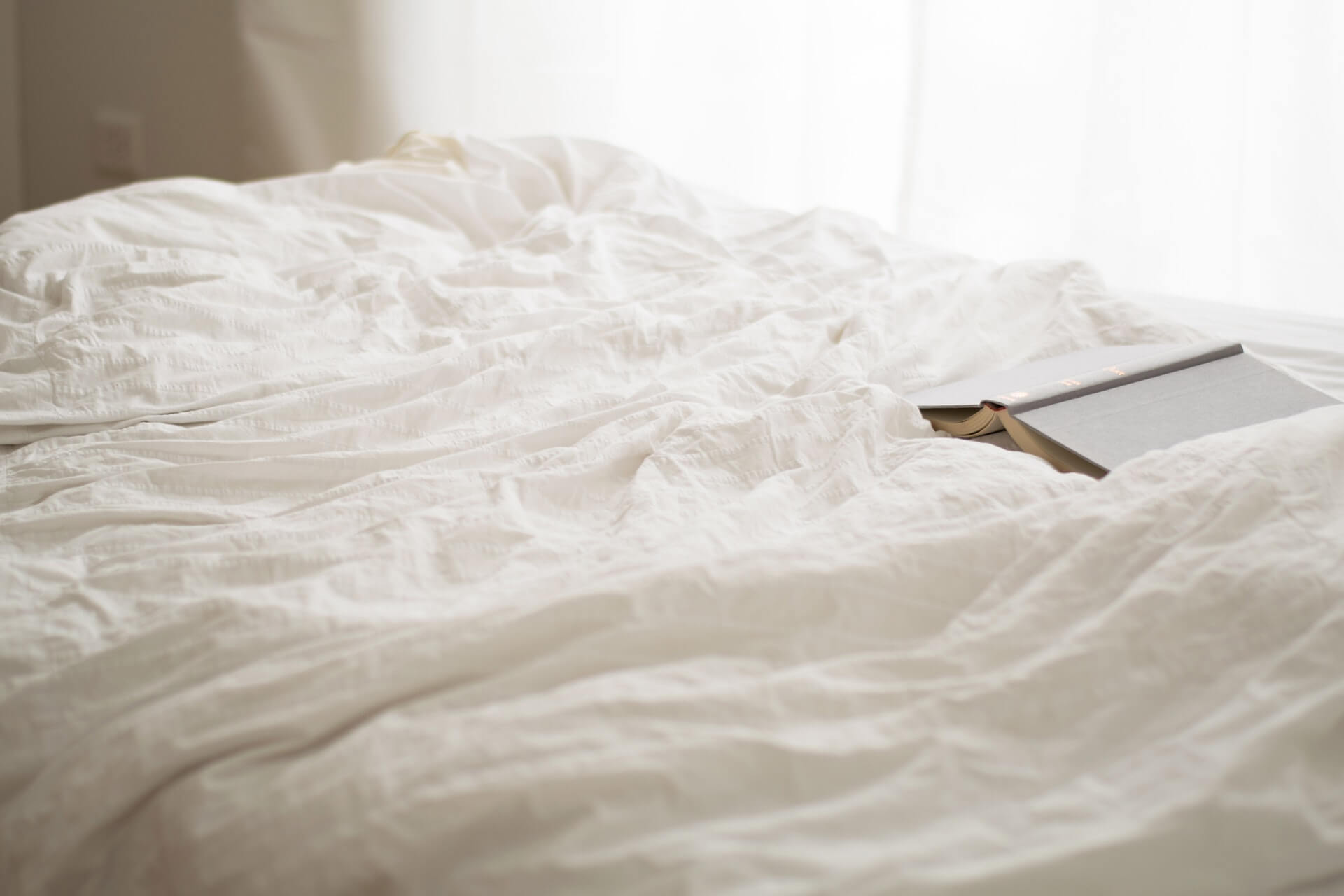
What's the worst mattress for allergy sufferers?
Sleeping is very important to your body. If you suffer from allergies, you probably have to give up on a good night’s sleep. Lying on your mattress will become an uncomfortable experience. (Remember that people who suffer from allergies often experience insomnia.)
The best solution, in the long run, is to choose a hypoallergenic mattress which provides a clean sleeping surface.
But what’s the worst mattress for allergy sufferers? In general, coil or spring mattresses are to be avoided because of their innerspring system. If you suffer from allergies or asthma, these types of beds will probably aggravate your symptoms. Dust mite feces and dead skin cells can easily accumulate in the inner cavity of these mattresses.
What is the best mattress for allergy sufferers?
In the UK, more than 20% of the population suffers from allergies. Some of these allergies are caused by allergens you may find in your bedroom or mattress. So what’s the best solution here? What is the best mattress for allergy sufferers? Which type of mattress provides a relaxing, good night’s sleep, even with an allergy?
Latex – the best hypoallergenic mattress
Of course, there is no one size fits all solution when it comes to allergies and healthy sleep. However, considering the feedback of our Customers, mattresses made of latex materials are one of the best solutions for allergy sufferers.
Before going into more details about the benefits of hypoallergenic mattresses, it’s important to note that not all latex mattresses are the same. There is synthetic, blended, and natural latex mattresses that you can buy in a mattress shop or online.
Synthetic latex contains chemicals as it is produced from petroleum compounds. Though it tries to mimic the qualities of natural latex, it is usually less durable and has a stronger odour than its natural counterpart. It's man-made, and there is more than one type of synthetic latex, SBR (styrene-butadiene rubber) being the most common type. Usually, it costs less than natural latex mattresses.
Sometimes 'natural latex' is a blend. Some manufacturers label them natural so you need to check carefully the detailed description of the mattress you would like to purchase.
Blended latex is a combination of natural and synthetic latex, and it's a popular version among customers. However, it's mostly synthetic. Blended foam typically contains less than 30% natural latex. As a result, there isn’t any particular advantage to buying a mattress with blended foam as it is going to lack most of the benefits natural latex provides. Again, blended latex mattresses are not as durable and healthy as natural latex foam.
It's important to note that neither blended latex mattresses nor synthetic latex mattresses are hypoallergenic. If you want a real change in the quality of your sleep when you suffer from allergies, you should go for a 100% natural latex mattress. Natural latex is the most popular mattress type that is resistant to dust mites on its own. The latex environment is simply inhospitable for them.
Why choose a hypoallergenic mattress made of natural latex?
Pure, natural latex, the kind that is used in Milam mattresses, is hypoallergenic by its nature. Latex is harvested from the sap of a rubber tree, and they are made without adding chemicals or toxins to the mattress.
As the rubber tree sap becomes a latex foam mattress, all the allergens are washed away. Natural latex mattresses also have an impenetrable structure. They prevent the growth of bacteria and mould. Compared to synthetic latex mattresses, natural latex mattresses do not off gas because there are no chemicals that would be released into the air. Latex is also a breathable material. As a result, it does not allow moisture to build up in your bed.
Natural latex mattresses are some of the best mattresses made with natural latex, such as Milam’s Original and Premium mattresses. They provide the best resistance against allergens.
Milam mattress
The Milam mattresses are constructed using only hypoallergenic materials. These are GOLS certified organic latex and natural coir wrapped into a GOTS certified organic cotton cover quilted with GOTS certified organic wool. No chemicals are used when producing the mattress and therefore there is no off-gassing. All the materials are extremely breathable and are dust mite resistant.
You may choose from two types of mattresses at Milam’s. Apart from natural latex, the Original mattress contains a 100% organic cotton cover with organic merino wool. It’s a two-sided mattress: you can choose between medium and medium-firm surfaces. The mattress has seven comfort zones to provide unique support to your overall body. We did not use any chemicals while manufacturing these mattresses, they are hypoallergenic and completely natural. In the Original mattresses, we use Dunlop latex.
With our Premium mattresses, we use Talalay latex. It has all the great features the Original mattress has. Apart from those, this mattress has a softer, more buoyant feel, and it’s even more durable than the Dunlop latex.
Our aim is to provide the best, most natural, and healthiest rest to our customers. So we offer hypoallergenic alpaca wool pillow and alpaca wool duvet as well.
Our alpaca pillows are naturally hypoallergenic. They are resistant to dust mites and mould, so it’s an excellent choice for allergy sufferers. Since alpaca fleece doesn’t contain lanolin, even people who are sensitive to wool may use it. It doesn’t absorb moisture either, so you are protected against humidity. Our alpaca pillows are chemical-free and naturally fire-resistant. Our alpaca duvets are also naturally hypoallergenic. They are made of superior materials and perfect for people who suffer from allergies.
Closing thoughts
Allergies are very unpleasant. As you can see, hypoallergenic mattresses can greatly improve your sleep quality. By carefully picking your mattress, you may get rid of all the potential allergens that would like to live in your mattress. If you are considering a latex mattress, don’t forget to look for 100% natural latex materials. Take the time to find out more about the mattress type you intend to purchase. It is a long-term investment and the aim is to relieve your allergy symptoms. If you have any questions or would like to reach out, please contact us here.
**Please note that this article is for informational purposes only and should not replace any advice from your doctor or other medical professionals.
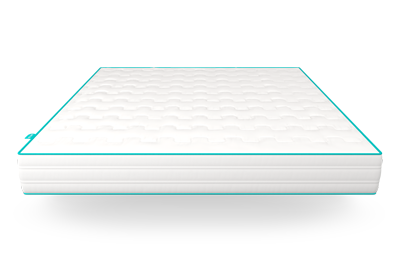 Original Mattress
Original Mattress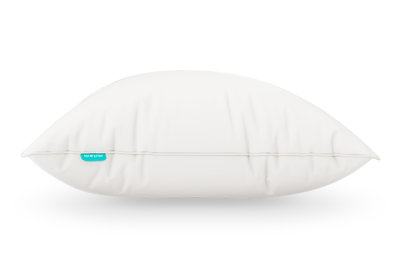 Alpaca Wool Pillow
Alpaca Wool Pillow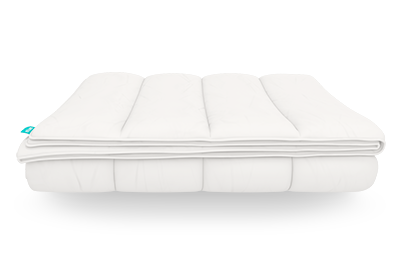 Alpaca Wool Duvet
Alpaca Wool Duvet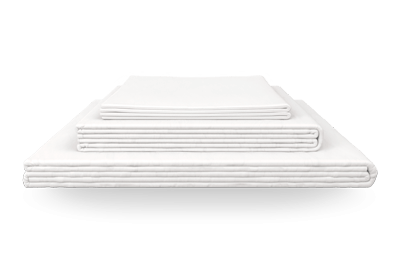 Bed sheets
Bed sheets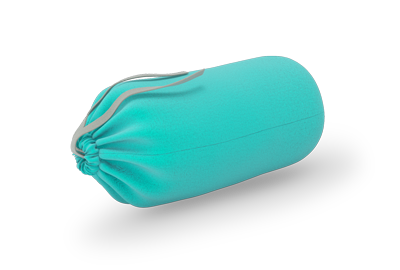 Protector
Protector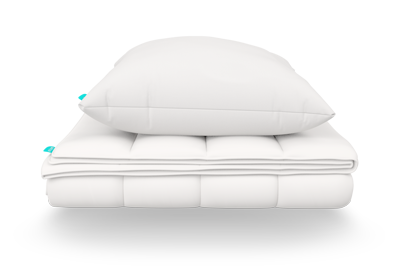 Sets
Sets